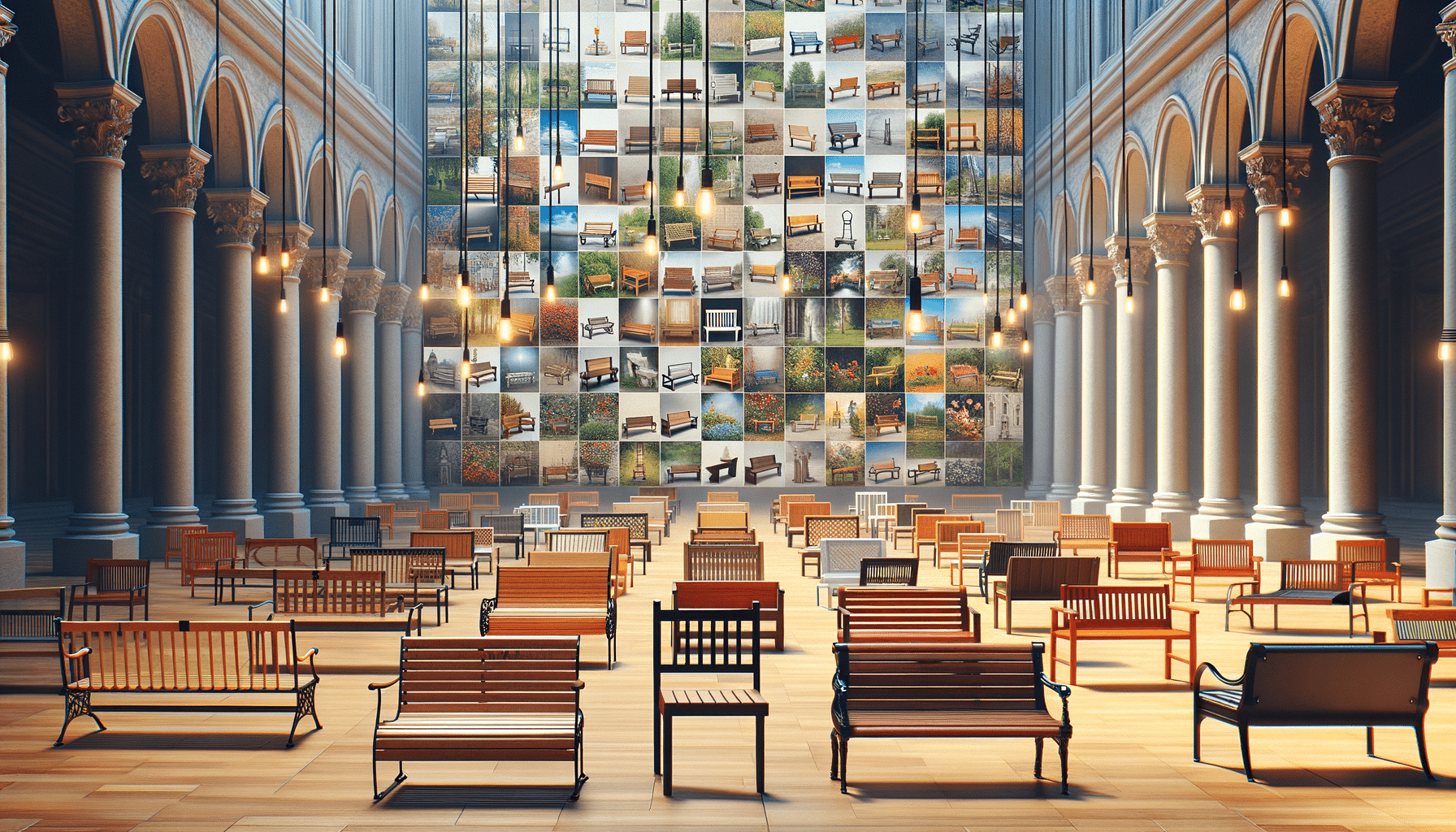Exploring the Multifaceted World of Benches: From Design to Functionality
Benches, often overlooked, are essential elements in urban and rural environments, offering both functionality and aesthetic appeal.

Historical Evolution of Benches
Benches have been a part of human civilization for centuries, evolving in design, material, and purpose over time. In ancient times, benches were primarily simple stone slabs used in communal settings such as forums and marketplaces. As societies progressed, the design of benches became more intricate, reflecting the artistic and cultural influences of the time. For instance, during the Renaissance, benches were crafted with elaborate carvings and were often found in the homes of the wealthy as symbols of status.
Moving into the industrial era, the mass production of benches became possible, making them more accessible to the general public. This period saw the introduction of new materials such as metal and composite wood, allowing for more diverse designs and applications. The 20th century brought about the modernist movement, which emphasized minimalism and functionality, leading to the sleek and simple designs prevalent today.
Today, benches are not just utilitarian objects but also pieces of art and culture. Cities around the world host bench design competitions, encouraging innovation and creativity. These events highlight the bench’s role as a canvas for artistic expression while maintaining its fundamental purpose as a place to rest.
Materials and Design Considerations
When choosing a bench, materials play a crucial role in determining its durability, maintenance, and aesthetic appeal. Common materials include wood, metal, plastic, and stone, each offering unique benefits and drawbacks.
- Wood: Known for its natural beauty and warmth, wooden benches are popular in parks and gardens. However, they require regular maintenance to prevent weather damage.
- Metal: Durable and often weather-resistant, metal benches are ideal for urban settings. They can be designed in various styles, from ornate wrought iron to sleek stainless steel.
- Plastic: Lightweight and low-maintenance, plastic benches are cost-effective and can be molded into a variety of shapes and colors.
- Stone: Offering a timeless and sturdy option, stone benches are often used in historical or formal settings. They are virtually maintenance-free but can be uncomfortable without cushions.
Design considerations also include ergonomics and accessibility. Benches should provide comfortable seating with adequate back support, and in public spaces, they should be accessible to people of all abilities. This includes considerations for height, armrests, and spacing to accommodate wheelchairs.
Functional Roles of Benches in Public Spaces
Benches serve multiple functions in public spaces, contributing to the social, aesthetic, and ecological aspects of the environment. Socially, benches provide a place for rest and interaction, encouraging community engagement and offering a space for individuals to relax and enjoy their surroundings.
Aesthetically, benches can enhance the visual appeal of an area. Thoughtfully designed benches can complement the landscape, serving as focal points or blending seamlessly into the natural environment. They can also be used to guide foot traffic or delineate spaces within a park or plaza.
Ecologically, benches can be part of sustainable urban planning. Using recycled materials and integrating green spaces around benches can support biodiversity and reduce the urban heat island effect. Additionally, strategically placed benches can encourage walking and cycling by providing rest stops along trails and pathways.
Innovative Bench Designs and Technologies
In recent years, innovation in bench design has been driven by advancements in technology and a growing emphasis on sustainability and smart city concepts. Solar-powered benches, for instance, are equipped with charging ports for electronic devices, providing convenience for users while promoting renewable energy use.
Interactive benches have also gained popularity. These designs incorporate technology to engage users, such as benches with built-in speakers or screens that display information about the surrounding area or local events. Some benches even include sensors that collect data on usage patterns, helping city planners optimize public space design.
Another trend is the use of eco-friendly materials and processes in bench production. Designers are exploring materials like bamboo, recycled plastic, and reclaimed wood to create environmentally conscious products. These efforts not only reduce the carbon footprint of production but also raise awareness about sustainable practices among the public.
Conclusion: The Future of Benches
The future of benches lies in their ability to adapt to the changing needs of society while maintaining their core functions. As urban areas continue to grow, benches will play an increasingly important role in enhancing the livability of cities. The integration of technology and sustainable practices in bench design will likely become more prevalent, reflecting broader trends in urban development.
Moreover, benches will continue to serve as platforms for artistic expression and community engagement. By fostering innovation and creativity, designers can create benches that not only meet practical needs but also enrich the cultural and aesthetic landscape of public spaces.
In summary, benches are more than just seating; they are integral components of our social and physical environments. As we look to the future, the evolution of benches will undoubtedly continue to surprise and inspire, offering new ways to connect with our surroundings and each other.